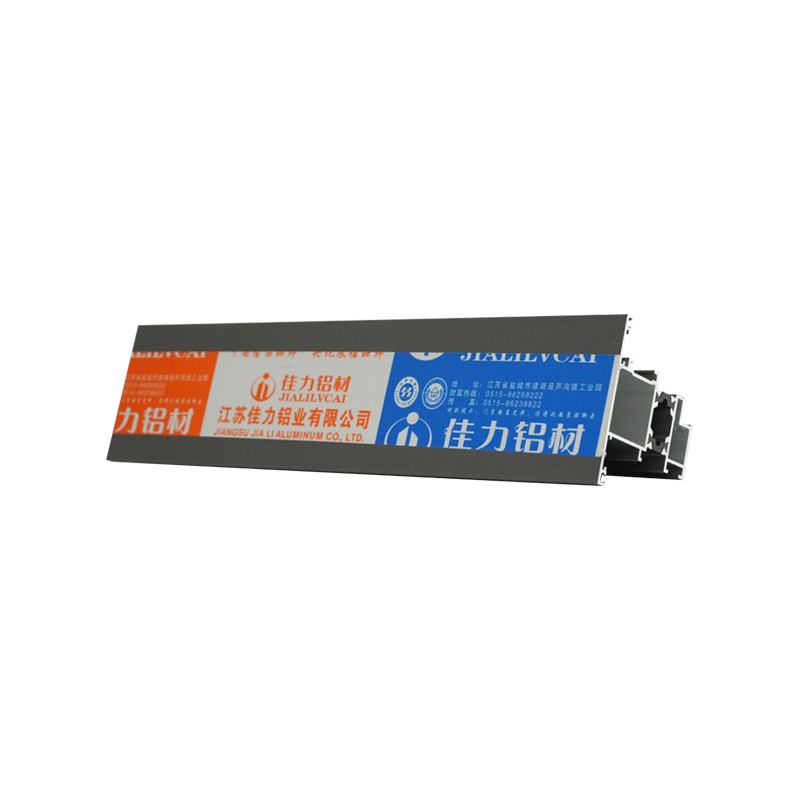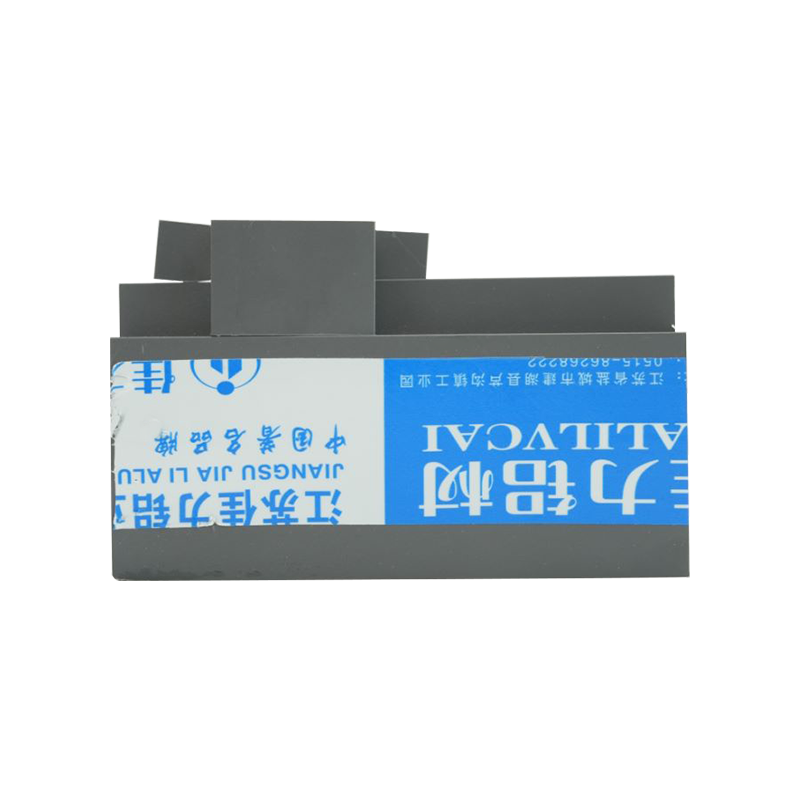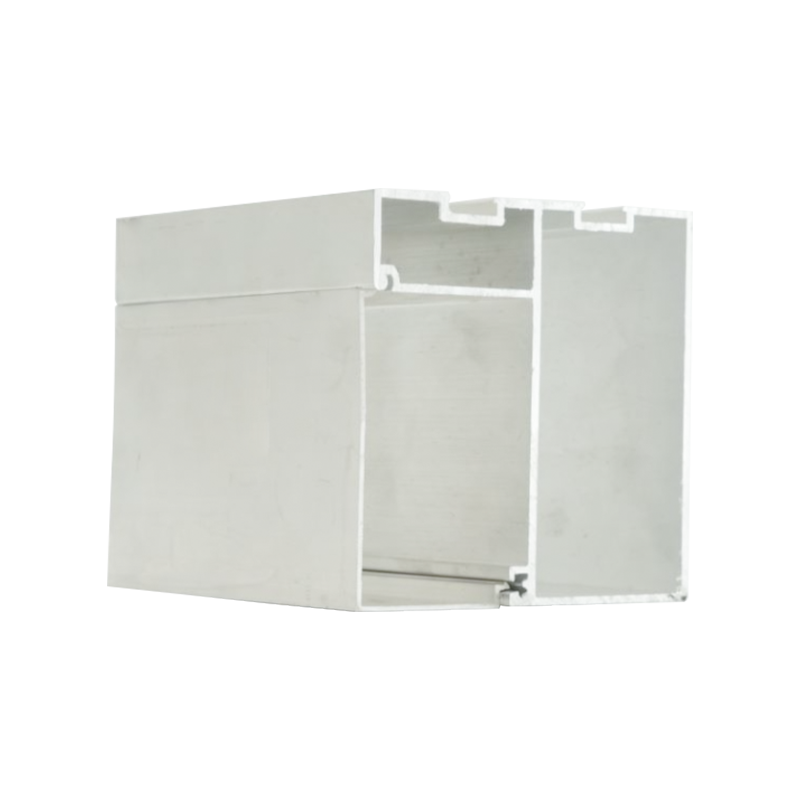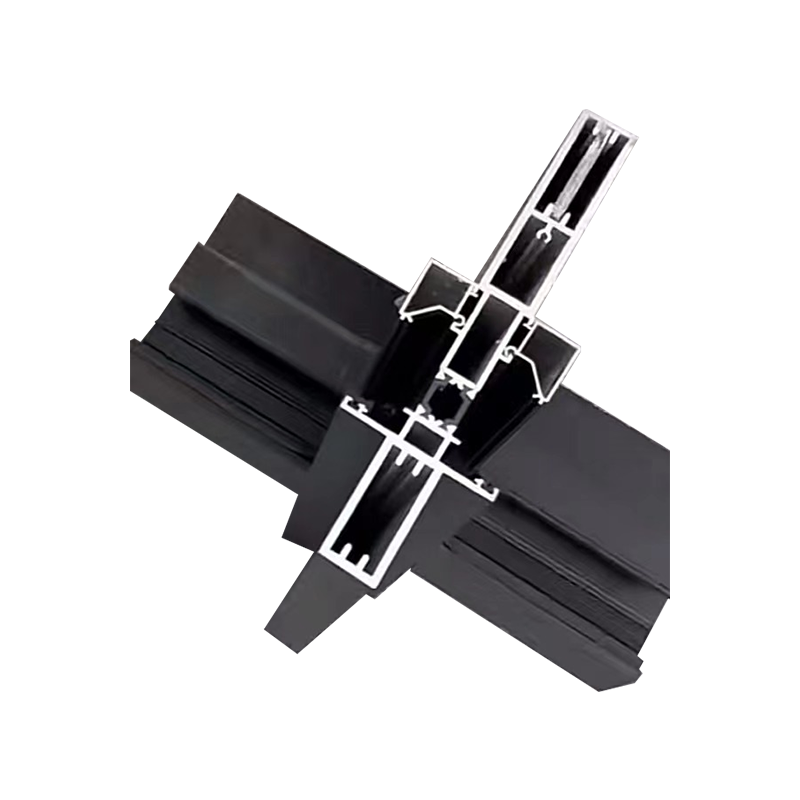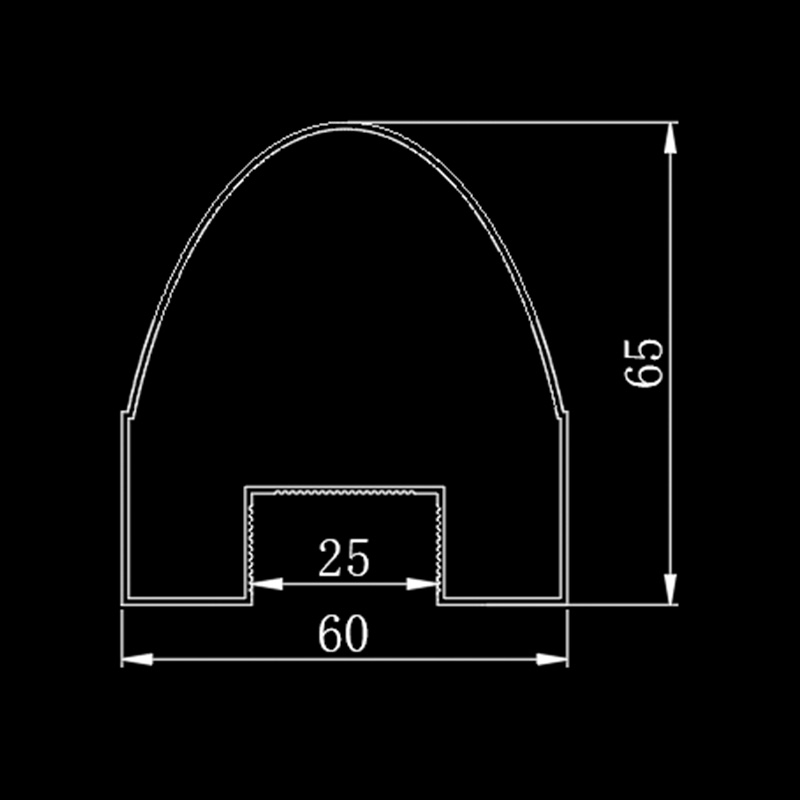1. The principle and advantages of broken bridge technology
Broken bridge technology, as the name suggests, is to set a heat insulation strip in the middle of the sound insulation and heat insulation sliding window building aluminum profile to cut off the original continuous heat transfer path. This design is inspired by the thermal bridge effect in physics, that is, heat is always transferred along a path with high thermal conductivity. Through the broken bridge technology, the thermal conductivity of the aluminum profile has been significantly reduced, thereby effectively reducing the transfer of heat.
The advantage of broken bridge technology lies not only in the improvement of thermal insulation performance, but also in its comprehensive performance optimization. Due to the setting of the insulation strip, the sound insulation effect of doors and windows has also been significantly improved. During the propagation process, sound will also be affected by the thermal bridge effect, and the broken bridge technology reduces the conduction of sound by cutting off this path. In addition, the broken bridge technology also helps to improve the wind pressure resistance and airtightness of doors and windows, so that doors and windows can still remain stable and safe under severe weather conditions.
2. Application of Broken Bridge Technology in Sound-insulating and Heat-insulating Sliding Windows
In sound-insulating and heat-insulating sliding windows, the application of broken bridge technology is mainly reflected in the design and processing of aluminum profiles. Manufacturers will select suitable aluminum profiles and insulation strip materials according to the specifications and performance requirements of doors and windows, and ensure the close combination between insulation strips and aluminum profiles through high-precision processing and assembly processes.
Specifically, the broken bridge technology usually includes the following steps: first, according to the design requirements of doors and windows, select the appropriate cross-sectional shape and size of aluminum profiles; second, reserve the installation position of the insulation strip in the middle of the aluminum profile, and perform precise processing and polishing; then, install the insulation strip to the reserved position, and ensure its close combination with the aluminum profile through a special connection method; finally, assemble and debug the doors and windows as a whole to ensure that their performance meets the design requirements.
In sound-insulating and heat-insulating sliding windows, the application of broken bridge technology not only improves the insulation and sound insulation performance of doors and windows, but also makes the appearance of doors and windows more beautiful and generous. Due to the setting of the insulation strip, the frames and leaves of doors and windows form a closer fit, reducing gaps and air leakage, and improving the air tightness and water tightness of doors and windows.
3. Broken bridge technology leads a new trend of sound insulation and heat insulation
With the continuous improvement of people's requirements for the quality of living environment, the application of sound insulation and heat insulation sliding windows in the construction field is becoming more and more extensive. As one of the core technologies of sound insulation and heat insulation sliding windows, the broken bridge technology is leading a new trend of sound insulation and heat insulation.
First, the broken bridge technology improves the heat insulation performance of doors and windows, making the indoor temperature more stable and comfortable. In hot summer weather, the broken bridge technology can effectively block the introduction of outdoor heat and reduce indoor temperature; in cold winter weather, the broken bridge technology can reduce indoor heat loss and increase indoor temperature. This feature makes sound insulation and heat insulation sliding windows an indispensable part of modern buildings.
Secondly, the broken bridge technology improves the sound insulation effect of doors and windows, creating a quieter indoor environment for residents. In modern cities, noise pollution is becoming increasingly serious, and soundproof and heat-insulating sliding windows can effectively isolate the interference of indoor noise, allowing residents to enjoy a quieter life.
We are one of the manufacturers of high-quality aluminum profile products in China.
Product Search
Language
Exit Menu
Industry News
Home / News / Industry News / Broken bridge technology integrates aluminum profiles: creating a new realm of soundproof and heat-insulating sliding windows
News categories
Product categories
RECENT POSTS
-
How To Clean And Maintain Architectural Aluminum Profiles?
2024-07-29 -
What Are The Requirements For The Thickness Of Aluminum Profiles For Doors, Windows And Curtain Walls?
2024-07-29 -
What Issues Should Be Paid Attention To In The Processing Of Industrial Aluminum Products?
2024-07-29 -
Why Do High-Strength Aluminum Profiles Have Surface Scratches?
2024-07-29 -
Aluminum Crafts: A Shining Tradition in Modern Artistry
2024-11-05
Industry News
2025-04-03
Broken bridge technology integrates aluminum profiles: creating a new realm of soundproof and heat-insulating sliding windows
Recommended Products
Products provided by famous enterprises are deeply trusted by users.
Quick Links
CONTACT INFO.
- Jiali Aluminum Co., Ltd., Jianhu District, Yancheng City, Jiangsu Province, China
Copyright © Jiangsu Jiali Aluminum Co., Ltd. All Rights Reserved.
Custom Aluminum Profile Manufacturers



 ENG
ENG
 English
English русский
русский 中文简体
中文简体 Español
Español bahasa Indonesia
bahasa Indonesia
